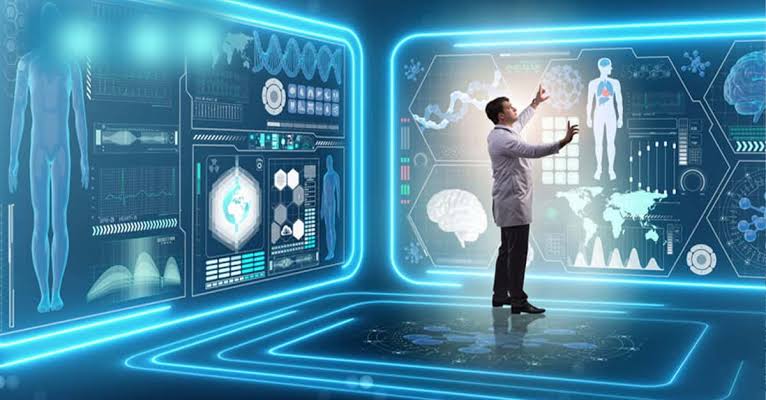When we talk about the difference between observability and monitoring, it comes around the complex system of health management which helps in attaining a comprehensive view about the whole system. The phrases “observability” and “monitoring” are sometimes used similarly in the field of information technology and the operation of systems, although they reflect separate techniques to get insights into network behaviours.
This investigation aims to disentangle the complications, providing a full understanding of the distinctions among observability vs monitoring.
By diving into these topics, we hope to provide you with the information you need to look past the surface, resulting in a more nuanced and detailed knowledge of your system’s wellness.
What Is Observability?
Observability is a notion in the fields of systems engineering and software development that describes the capacity to deduce a system’s internal condition and operation from its exterior outputs or behaviours. It goes beyond standard monitoring, which usually entails gathering specified data and warnings.
In a readily apparent system, creators and managers have the instruments and instrumentation they need to obtain knowledge of how it works, identify problems, and comprehend their core causes. Observability has several components, such logging, drawing, and metrics.
What Is Monitoring?
Monitoring is the continuous and systematic activity of tracking and assessing the efficiency and overall wellness of an entire structure or its parts. Monitoring in information technology is the continual collecting of measurements on a variety of topics, including CPU utilisation, memory use, network utilisation, and others. This information is then used to ensure whether the system functions within the specified parameters. Monitoring also entails establishing preset thresholds and alarms, which enable for prompt reporting of any problems or deviations beyond usual behaviour.
What Is Chaos Engineering?
Chaos Engineering Examples is a profession in software development and computer science which focuses on deliberately introducing regulated and carefully observed disturbances. Moreover, breakdowns into an organisation in order to identify weaknesses and shortcomings. Chaos Engineering’s major purpose is to detect and fix possible issues prior to them causing unexpected and unanticipated breakdowns in real-world circumstances. Engineers can learn about probable failure areas by intentionally injecting chaos into an arrangement.
What Are Chaos Engineering Examples?
Chaos engineering entails purposely introducing controlled interruptions into a system to see how it reacts and uncover possible flaws. Below are a few instances of Chaos Engineering tests:
-
Latency Injection
Latency Injection involves creating artificial pauses in network connection to simulate delayed responses. This allows you to assess how the system manages delay and how it impacts the user’s experiences.
-
Random Server Shutdowns
Random Server Shutdowns mimic unforeseen server failures by turning down any number of servers in a cluster. This tests the system’s capacity to shift workload while maintaining availability of services.
-
Traffic Spikes
Traffic spikes can overload a system by causing abrupt and significant increases in traffic. This helps to analyse the system’s ability to scale and capacity to withstand traffic spikes.
-
Database Outages
Disrupt database connectivity or fake a failure to test application response. This enables teams to detect possible difficulties with consistency of data and recovery.
-
Third-Party Service Failures
Model third-party service interruptions to evaluate the system’s resistance to external disturbances.
Conclusion
In conclusion, understanding the complexity of system health necessitates a sophisticated awareness of both visibility and tracking, with each contributing individually to a full picture of a system’s happiness.
While watching focuses on gathering specified measurements and sending alarms to verify a system’s stability and performance, visibility takes a more comprehensive strategy, diving into the complexities of internal behaviours using logging, metrics, drawing, and other tools.



